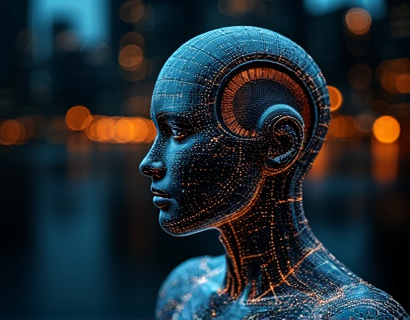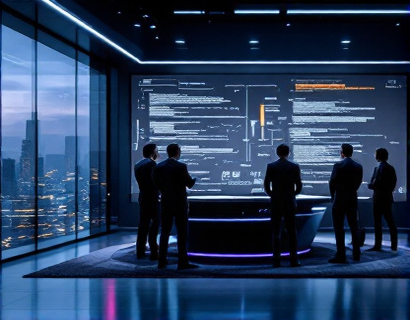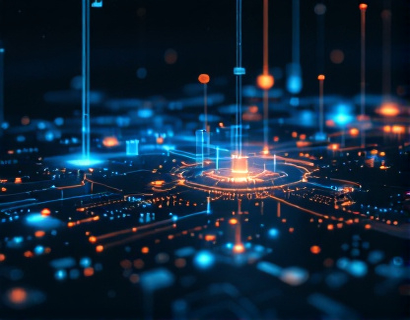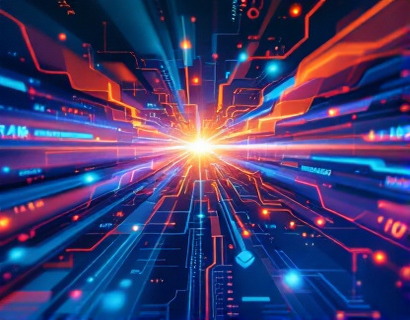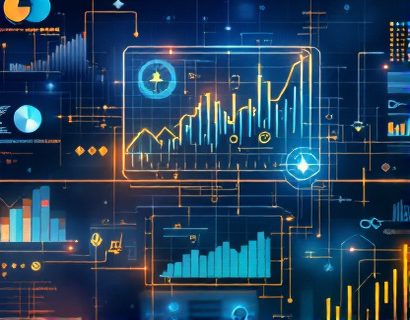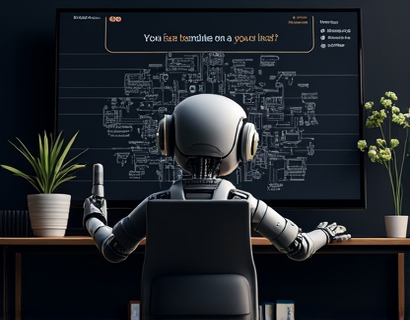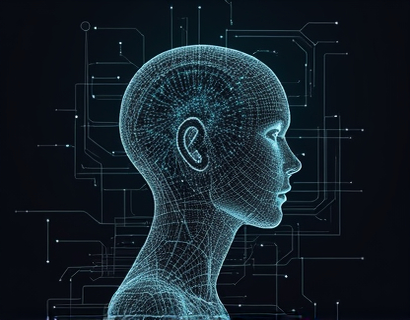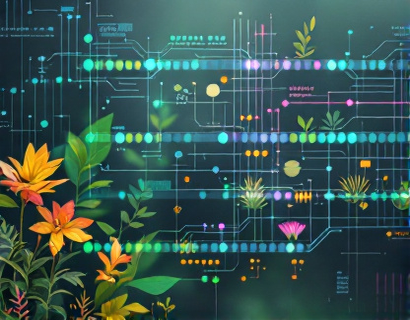Unlocking Global Communication: Advanced AI-Powered Translation Tools for Businesses and Individuals
The advent of advanced AI-powered translation tools has revolutionized the way businesses and individuals communicate across linguistic barriers. These cutting-edge solutions are designed to break down language barriers, fostering more effective and efficient global interactions. In an increasingly interconnected world, the ability to communicate seamlessly across languages and cultures is more crucial than ever. This article delves into the transformative impact of these AI-driven translation tools, exploring their capabilities, benefits, and the future of global communication.
Understanding AI-Powered Translation Tools
AI-powered translation tools leverage machine learning algorithms and natural language processing to provide accurate and context-aware translations. Unlike traditional translation methods that rely on rule-based systems, AI-driven tools can understand and adapt to the nuances of language, including idioms, colloquialisms, and cultural references. This level of sophistication ensures that translations are not only linguistically correct but also contextually appropriate.
The core of these tools lies in their ability to learn from vast datasets, continuously improving their performance over time. By analyzing millions of sentences and documents, these systems develop a deep understanding of language patterns and usage, enabling them to produce translations that are both precise and natural-sounding. This continuous learning process is a significant advantage over static translation services, which often struggle with dynamic and context-dependent language use.
Precision and Rapid Translations
One of the most compelling features of AI-powered translation tools is their ability to deliver precise and rapid translations. In a business environment where time is of the essence, the speed and accuracy of these tools can significantly enhance communication efficiency. Whether it's translating a critical business document, a real-time conversation, or a complex technical manual, these tools can provide reliable translations almost instantaneously.
For instance, in international business meetings, AI translation tools can offer real-time subtitles or live translation services, ensuring that all participants understand each other without delays. This capability is particularly valuable in multicultural and multilingual corporate settings, where team members may speak different languages. By removing language barriers, these tools facilitate smoother collaboration and decision-making processes.
Enhancing Business Interactions
The impact of AI-powered translation tools on business interactions is profound. They enable companies to expand their global reach by facilitating communication with international clients, partners, and employees. This expanded connectivity opens up new markets and opportunities, driving growth and innovation.
For example, a multinational corporation can use these tools to translate customer feedback, product descriptions, and marketing materials into multiple languages, ensuring that their message resonates with a diverse audience. Similarly, businesses can leverage these tools to provide multilingual customer support, enhancing customer satisfaction and loyalty. The ability to communicate effectively in multiple languages also helps in building stronger relationships with international partners, reducing misunderstandings and conflicts.
Benefits for Individuals
Individuals too can greatly benefit from AI-powered translation tools. Travelers, for instance, can use these tools to navigate foreign countries more easily, translating signs, menus, and conversations on the go. Language learners can practice and improve their skills with real-time feedback and corrections, accelerating their learning process. Moreover, these tools can help individuals connect with friends and family who speak different languages, fostering personal relationships across borders.
In academic settings, students and researchers can access a wealth of information in their preferred language, breaking down knowledge barriers. AI translation tools can also assist in translating academic papers, theses, and other scholarly works, making research more accessible to a global audience. This democratization of information promotes collaboration and innovation on a global scale.
Industry-Specific Applications
The versatility of AI-powered translation tools makes them applicable across various industries, each with its unique communication challenges. Here are some specific examples:
- Healthcare: Medical professionals can use these tools to translate patient records, consent forms, and instructional materials, ensuring that patients understand their treatment options and instructions. This is particularly crucial in multicultural healthcare settings where language differences can impact patient care.
- Legal Sector: Lawyers and legal firms can leverage AI translation to review and translate contracts, court documents, and legal briefs. Accurate translations are essential in legal contexts to avoid misinterpretations that could lead to serious consequences.
- Tourism and Hospitality: Hotels, restaurants, and travel agencies can use these tools to provide multilingual support to their guests, enhancing the overall customer experience. From hotel amenities to local attractions, clear communication in multiple languages can make a significant difference.
- Education: Educational institutions can utilize AI translation tools to support international students and faculty, providing translated course materials, instructions, and feedback. This helps create an inclusive learning environment where language is not a barrier to success.
Challenges and Limitations
While AI-powered translation tools have made significant strides, they are not without challenges and limitations. One of the primary concerns is the accuracy of translations, especially for complex or specialized content. While these tools have improved dramatically, they can still struggle with idiomatic expressions, sarcasm, and highly context-dependent language. In such cases, human oversight and intervention remain crucial to ensure the highest quality of translation.
Another challenge is the variability in language usage across different regions and cultures. What may be a common expression in one country might be unknown or have a different meaning in another. AI tools need to be trained on diverse datasets to handle this variability effectively. Additionally, the continuous evolution of language, with new slang and expressions emerging regularly, requires ongoing updates and improvements to the translation algorithms.
Future of Global Communication
The future of global communication is increasingly dependent on the advancement of AI-powered translation tools. As these technologies continue to evolve, we can expect even more accurate, context-aware, and culturally sensitive translations. The integration of AI with other emerging technologies, such as augmented reality and the Internet of Things, will further enhance the ways in which we communicate across languages and cultures.
For businesses, the ability to communicate seamlessly with a global audience will become a competitive advantage, driving innovation and expansion. For individuals, the barriers to connecting with people from different parts of the world will diminish, fostering a more interconnected and understanding global community. The ongoing development and refinement of AI translation tools will play a pivotal role in shaping this future, making the world a smaller and more communicative place.
In conclusion, AI-powered translation tools are transforming the landscape of global communication. Their precision, speed, and adaptability make them invaluable assets for businesses and individuals alike. As these technologies continue to advance, they will further break down language barriers, enabling more effective and meaningful interactions across the globe.




